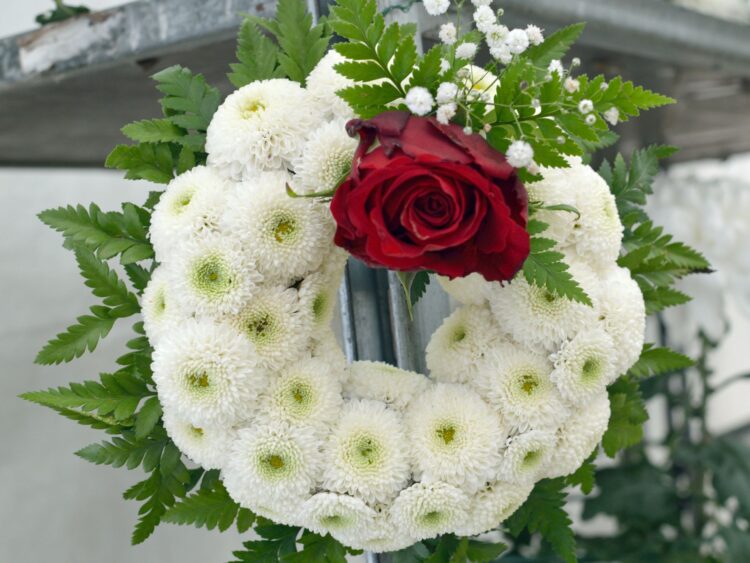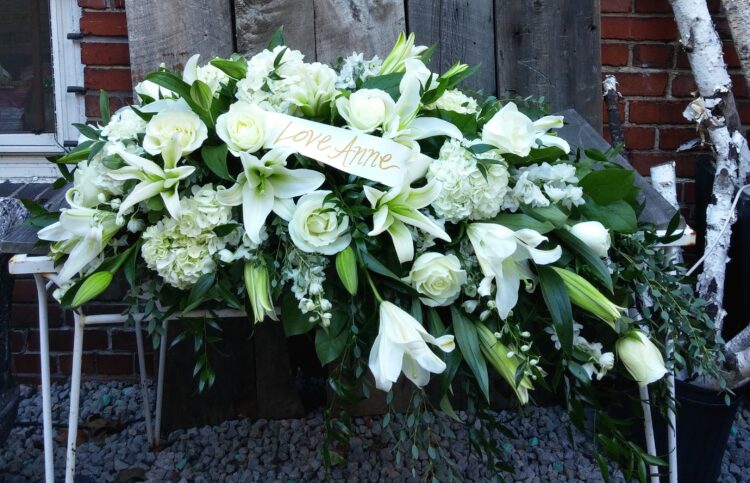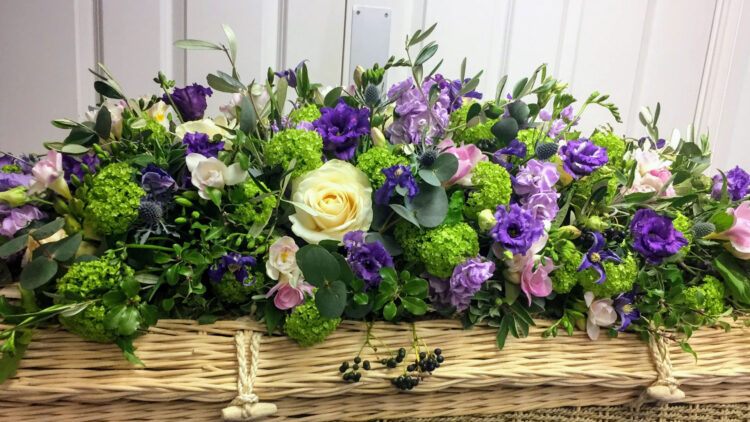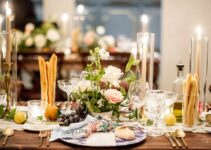Flowers have very important roles in British funerals. They are as much a symbol of hope and comfort as they are of beauty and purity. People who plan funerals choose flowers to accord the preference of the deceased and the flowers’ representations and connotations. They depend on the different blooms’ meanings to create an arrangement. Some people bring flowers to the funerals they attend as a sign of sympathy to the mourners and love for the deceased. But the funeral home may also prepare flowers at the altar.
Funeral flower arrangements are one of the first things decided upon and discussed with the funeral directors like those from carrollandcarrollfunerals.co.uk. No funeral altar is ever complete without the flowers and they are among the first elements to be laid out with the casket before the viewing and the wake begins.
So, how do you choose the arrangement and the flowers? Note the following guidelines on the varying types of floral arrangements and the fresh flowers and colours commonly used. Read on.
Funeral flower arrangements

Source: thespruce.com
It only takes a trip to a local flower shop or a funeral home to get the floral arrangement that you need. Both florists and funeral directors know the many ways to put together a stunning piece. Funeral flower arrangements come in many forms, including:
- Casket spray. As aptly called, they scatter this flower arrangement on top of the casket. It’s a stunningly beautiful sight that will draw the eyes of the guests to see beauty instead of grief. And since this is the arrangement that lies closest to the body of the deceased, the flowers included in it are usually his/her favourite blooms or those blooms that are closely associated with his/her personality.
- Easel spray. This is also one of the funeral home arrangements that come with the package. It’s usually a charming spread of different blooms set out on an easel for some theatrical effect.
- Wreath. This is one of the common floral arrangements sent out to the family of the deceased. They have such a dramatic outcome, symbolizing in their perfect circle eternal life.
- Cross. This one is quite similar to the representations of a wreath. The only difference is that it takes the shape of a cross, symbolizing religious faith.
- Floral vase or basket. Small but spectacular; this is another usual arrangement brought in by visitors. Since they are moveable and can come in various heights and sizes, they also seemed to be the more practical choices for funerals.
Flowers used at funerals

Source: sweetpeaweddings.ca
As mentioned earlier, fresh flowers have different connotations and meanings. Mostly, they pick the blooms to be in a bunch based on their symbolism. Discover the different kinds of flowers and how to choose the perfect flowers for funeral at Sing See Soon. Here are the common flower types you are likely to see at funerals and their meanings:
- Rose. This is one of the most popular flowers not just in the UK but in the rest of the world as well. While most people consider it as a symbol of love, it can also lend a few meanings associated with death. The deep red variety speaks of deep sorrow while white symbolizes innocence, which is believed to be restored to the soul of the dead.
- Lily. This is another common type of flower you will see at most funerals. It is traditionally symbolic, particularly at British funerals, as a sign of purity and hope.
- Carnation. Mostly, carnation’s longevity and fragrance are reasons people add them to funeral flower arrangements. Other times, it also has a deeper meaning in death, with pink signifying remembrance and white signifying sympathy, purity, and innocence.
- Chrysanthemum. This type of bloom, which comes in various colours, is very appropriate for funerals. The whites are for grief, while they add the brighter colours to represent a life well-lived.
- Gladiolus. Usually tall, this flower can upstage anything included in the arrangement. That’s very fitting to its meaning, which is about the strength of character alluded to the departed.
Different colours, different symbols

Source: whiterosemodernfunerals.co.uk
Apart from the very meaning of the flowers, there are also meanings attached to each colour that is used. Normally, funeral flower arrangements would have various colours of each type in a spread. Other times, they make them in only a single colour. It all depends on the varying factors that are taken into consideration, which are also considered in most of the decisions made throughout the process. These are the common flower colours included in funeral flower arrangements:
- White. People consider death as a very dark occurrence, and that’s why white is the most commonly chosen colour for funeral flowers. White compensates for all the darkness while it symbolizes purity, innocence, peace, hope, and sympathy.
- Lavender. There are also a lot of lavender-coloured flowers you can see at funerals. They make for a lovely choice to signify humility and respect.
- Red. As we all know, red is very much a symbol of grief as it is a symbol of love. For funerals, people associate flowers in deep red colour with deep sorrow, so they usually get the vote. If it’s red, most people have the impression that it has to be roses. Other times, however, carnations and mums would also suffice.
- Blue. In general, blue is the assigned colour for sorrow. That’s why it is not surprising to see beautiful blooms in blue at funerals as well.
- Yellow. Sometimes, people choose yellow to lighten up the mood at the funeral instead of letting everyone sulk in darkness. So some florists add a splash of yellow into the mix to add some cheery vibe to it. But that’s not the only reason yellow is on this list. Yellow is also a symbol of friendship.
There are thousands of ideas for funeral flower arrangements. As one of the more important elements in funeral service, at least in the UK, it is but right that you give it much thought and effort. Choose the right arrangement, the right blooms, and the right colours when you need to put together an arrangement for a special person who has died.





